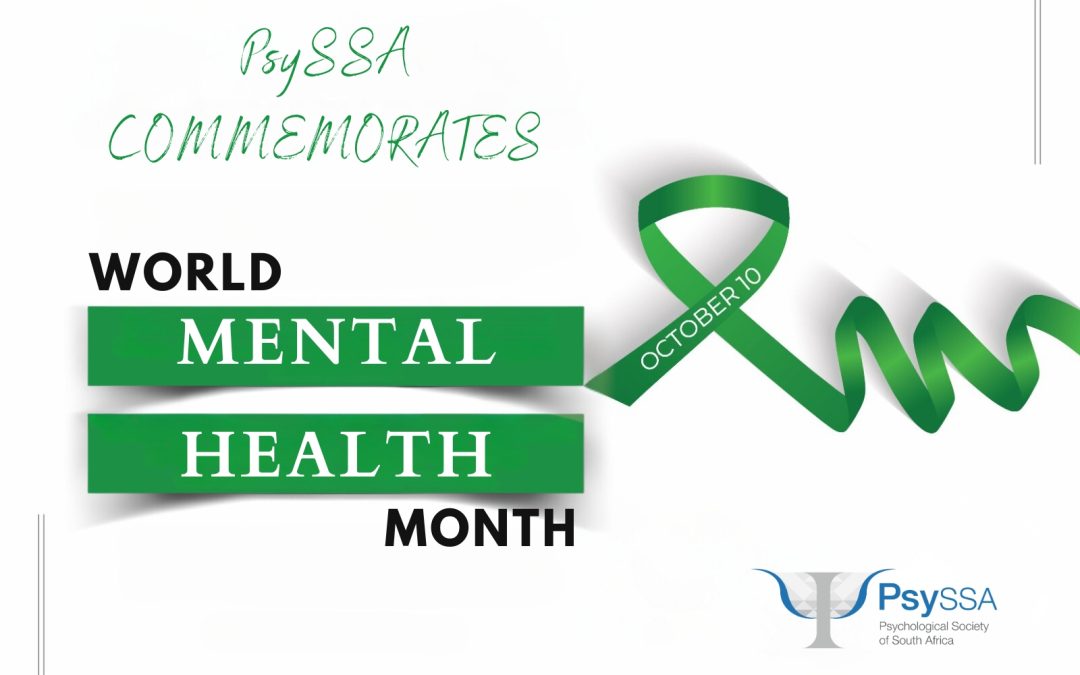Queer* mental health in South Africa in Mental Health Awareness Month
Written by Pierre Brouard, Research Associate at the Centre for Sexualities, AIDS and Gender (UP), SGD secretary and PATHSA board member
Some would argue that in the face of cis-heteronormativity and ongoing acts of harm towards queer people, the idea of queer mental health is an oxymoron, unachievable in the face of systems and structures of exclusion. On the other hand, queer survival and queer thriving are acts of resilience and rebellion, to be welcomed and nurtured, especially by those who practice in the mental health space.
October is Mental Health Awareness Month in South Africa and World Mental Health Awareness Day is commemorated on 10 October. The South African Federation for Mental Health’s theme for 2024 is “Access and Inclusion: why community mental health is important”.
Through this lens we can ask pertinent, even troubling, questions about the nature of queer life in South Africa and whether queer people feel included in social and community life, are seen by politicians and policy makers, and have access to the personal, social and economic resources to live lives of dignity and wellness.
While queer people are not a monolith, inhabiting multiple identities across race, class, ethnicity, ability etc., they face significant marginalisation in [mental] health care planning and delivery (see Luvuno et al). Very few health facilities offer queer-targeted resources, and this is compounded by the lack of healthcare workers who are skilled in dealing with queer health issues. Further, there is erasure of queer people in the healthcare system through a lack of data on how queer people utilise public facilities, minimal practice guidelines and insufficient policies.
The lack of data extends itself to, for example, HIV prevalence (and its psychosocial sequelae) in queer people, because sexual orientation (and gender identity) data is not collected on large-scale, population-based HIV prevalence surveys and censuses. And the few studies conducted have small sample sizes and were often conducted in urban areas, disadvantaging queer people in rural spaces. This lack of data on health, and arguably mental health, of queer people means that designing programmes and developing related policy guidelines is a challenge. South Africa’s recent census was critiqued for this very failing.
If queer people’s mental health is to be taken seriously a number of key steps should be prioritised.
Firstly, we need to acknowledge that while all people can experience challenges in mental health (for endogenous and exogenous reasons), the marginalisation of queer people through forms of stigma and prejudice, and acts of physical harm, add an extra burden. The Minority Stress literature provides an evidence base for this burden.
Secondly, we need to improve the training of providers of a range of mental and physical health services (in public and private settings) so that the care they offer moves beyond tolerance towards a focus on thriving and development. The Sexuality and Gender Division of PsySSA offers such training, with feedback showing significant shifts in attitude and practice. This should be bolstered by specific policies and programmes and not be seen as a “hoped for” outcome of general training in vague notions of ubuntu or [sometimes reluctant] “acceptance” of diversity.
And thirdly, we need to collect better data about queer mental health – its antecedents, its manifestations and the resources, skills and human assets needed to make it a reality.
Queer mental health is more than a “nice to have”, it’s a marker of a society that attends to the needs of everyone. How we treat minorities speaks volumes about the perils of majoritarianism, noting that the mental health of a society is a collective venture.
*I use ‘queer’ as both an umbrella term for people on the spectrums of sex, sexuality and gender, and as a way to describe those who challenge the dominant social norms, values and conventions of mainstream society.

